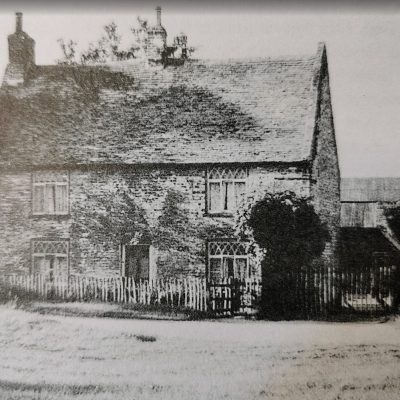Search by topic
- archaeology
- Building of Local Interest
- charity
- church
- crime
- dressmaker
- fire
- Great Eastern Railway
- Listed building
- Mapping Relief
- medieval
- oral history
- poverty
- Public House
- Rattee & Kett
- Religious House
- Roman
- scholar
- school
- Then and Now
- tudor
- women
- work
- world war one
- world war two
Search by text
 Hilton Maze (Royal Archaeological Institute)
Hilton Maze (Royal Archaeological Institute)Hilton Turf Maze
History of Hilton Maze
Listed building:
A turf maze on the village green, first cut, or possibly re-cut, in 1660 and re-cut several times since.
Hilton Maze stands on common land at the southern end of Hilton Green, the obelisk which stands at its centre recording that it was cut by William Sparrow in the year 1660. Sparrow lived at Park Farm which looked out onto the Green and the site of the maze and he cut the pattern to commemorate the year of the Restoration of King Charles II. It has been suggested that in fact Sparrow re-cut an earlier maze which had fallen into disuse during Cromwell’s suppression (Pennick 1990). Lancelot Brown (1716-83) purchased the manor of Fenstanton and Hilton in 1767 and a map by John Spyers, commissioned by Brown in 1778, records a well-laid-out village green at Hilton which local tradition believes to have been designed by Brown himself. The plan of the maze has changed several times in the last 140 years, the most recent plan having been executed by local historian Philip Dickinson in 1967. The management of the site remains (1999) the responsibility of the Parish Council.
Mazes were reputed to have been used for casting out the devil, who was said to be able to travel only in straight lines.
Contribute
Do you have any information about the people or places in this article? If so, then please let us know using the Contact page or by emailing capturingcambridge@
License
This work is licensed under CC BY-NC-SA 4.0






